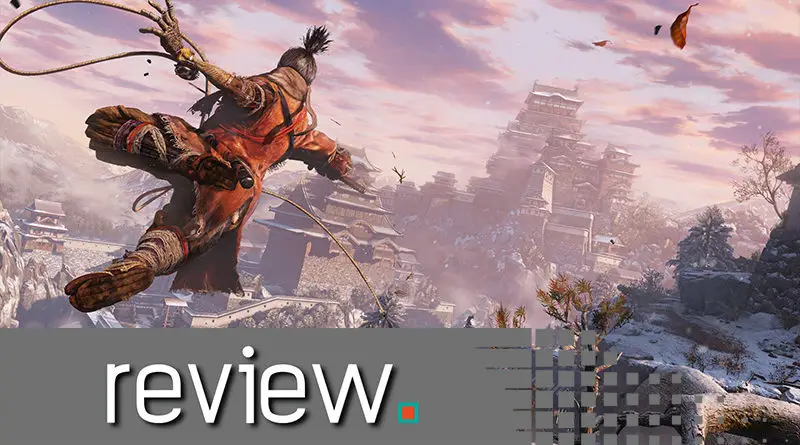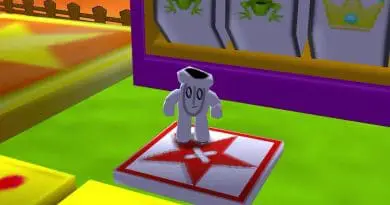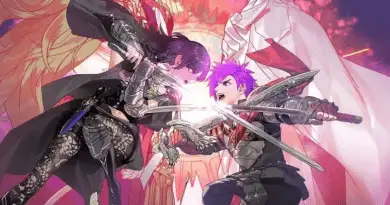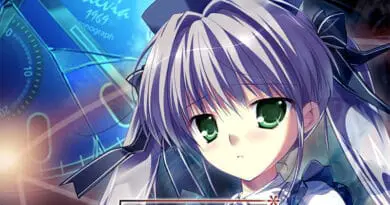Sekiro: Shadows Die Twice Review – Deflect, Deflect, Revolution
-
Title: Sekiro: Shadows Die Twice
Developer: FromSoftware
Release Date: March 22, 2019
-
Reviewed On: PS4
Publisher: Activision
Genre: Action
I’ve got to admit, It took me a long time to get used to Sekiro: Shadows Die Twice. It was as though the more-than-1000-hours I had invested in the Dark Souls series meant nothing. And at first, I was annoyed.
During my almost unimaginable allotment of time spent playing the Dark Souls series, I was convinced that all of this training would have prepared me for any game FromSoftware could have produced. And the moment I crossed swords with Sekiro’s first “Boss,” who is designed to cut your arm off, I realized that I would have to tear down all of the teachings I had internalized: dodge-rolling to the right behind a boss and spamming “R1” when I had enough stamina, waiting for a boss to complete its attack pattern, and then praying that it didn’t combo me in an unfortunate way; thinking that the only way to face an enemy was from behind.
It wasn’t until I faced that same boss hours later that I would come to understand why Sekiro: Shadows Die Twice was doing this to me. When you’re locked in a duel with a boss and you’re able to deflect all of the attacks they’re throwing at you and you’re required to attack during specific and short openings it is at that point that you recognize what From Software was trying to create. It’s definitely the best rhythm game of 2019.
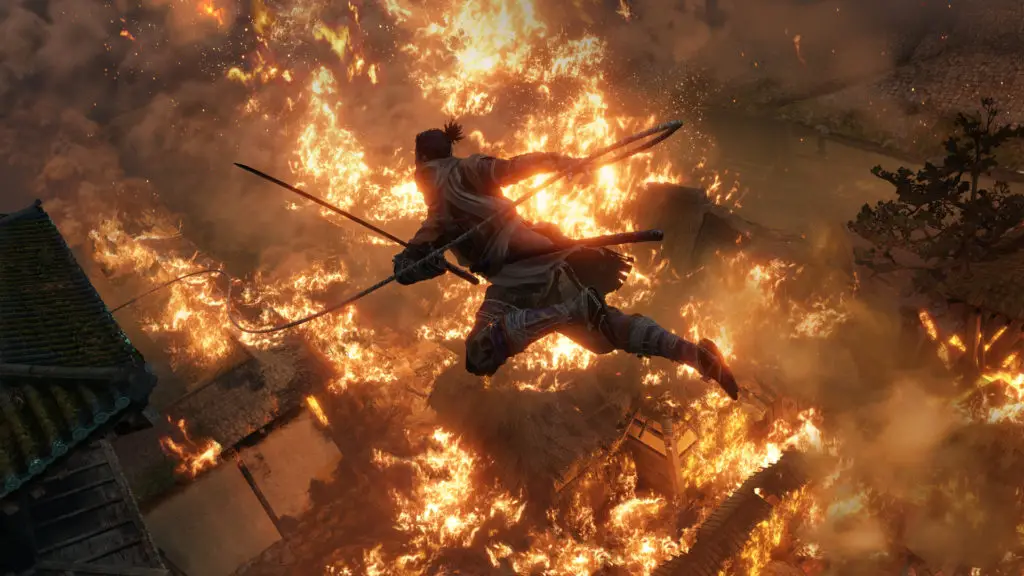
And it may also be the best game that FromSoftware has ever made. Though there are a lot of things that set it apart from its genetic predecessors. Dark Souls has taught me to expect a bit more out of a FromSoftware game, such as the ability to play an–admittedly janky–version of multiplayer, and the RPG elements that made me fall in love with the franchise in the first place like being able to change what armor and weapons and rings I was using and customize my character to my heart’s content. But while it is missing those great features, it’s not necessarily worse off.
Sekiro is designed to be a more straight-forward single-player experience. For starters, the story actually makes sense and is explained to the player from the start. You don’t need to read into any messages on the floor or discern why an enemy is where it is or why you’re fighting some Lovecraftian boss that’s as tall as a building. The game does get stranger the farther in you get, though. You’ll start to see more and more supernatural enemies as the game progresses and that comes as a shock when you spend the first third of the game fighting plain-old samurai.
I never felt like I didn’t know what my goal was, or what my character was there for. For the first time, the main character can speak and his mouth moves when words appear on the screen as opposed to the NPCs voice coming from some unseen place as they stare at you blankly. Playing through Sekiro had me feeling like I was progressing towards a singular goal. This is mirrored in the game’s action-RPG progression system.
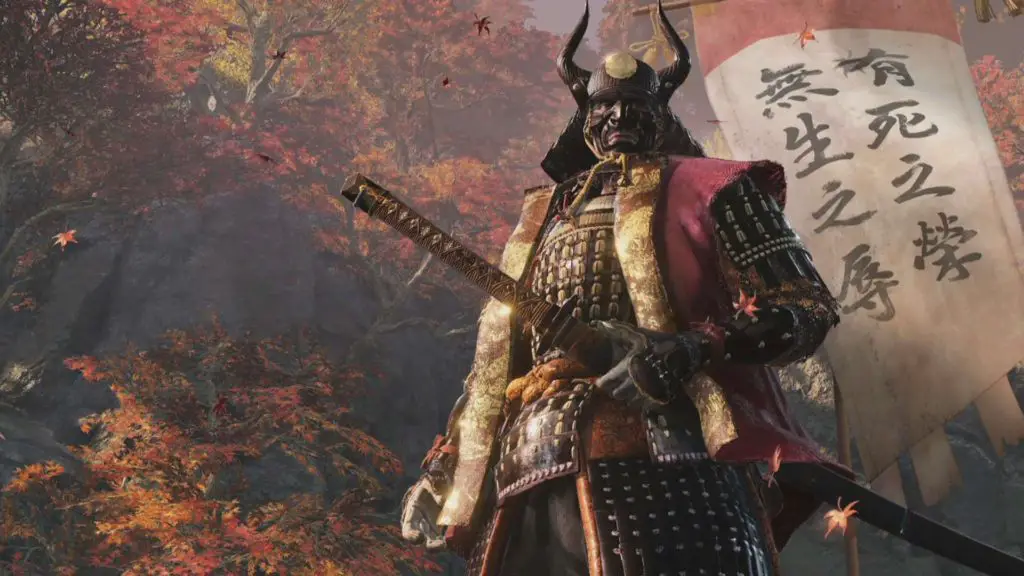
Unlocking new skills in Sekiro’s different skill categories is rewarding in the sense that it both allows you to specialize in combat (i.e. focusing on the game’s tools or “prosthetics” vs. focusing on martial arts or sword skills) and gives you an even greater sense of progression.
It took me a while, for example, to unlock an ability that regenerates health every time I dealt a deathblow to an enemy. Some Shinobi Prosthetics (AKA the different tools that can be equipped in your replacement arm) took me a really long time to upgrade because I had to find the tool, then acquire the materials, and then earn enough currency to pay for the upgrade. While it always felt like I was progressing towards something (which is good) I often felt that the upgrades I was purchasing–at least for the prosthetics–were underutilized and underwhelming (which is not good).
Some tools like the game’s fan shield or ax were necessary to overcome certain in-game obstacles, but I found myself ignoring them in the middle of combat. There were a few times when I felt really cool killing wolves with a shuriken from a rooftop, but those moments were few and far between. Still, the progression trees did interest me, even enough to unlock them and see what they did.
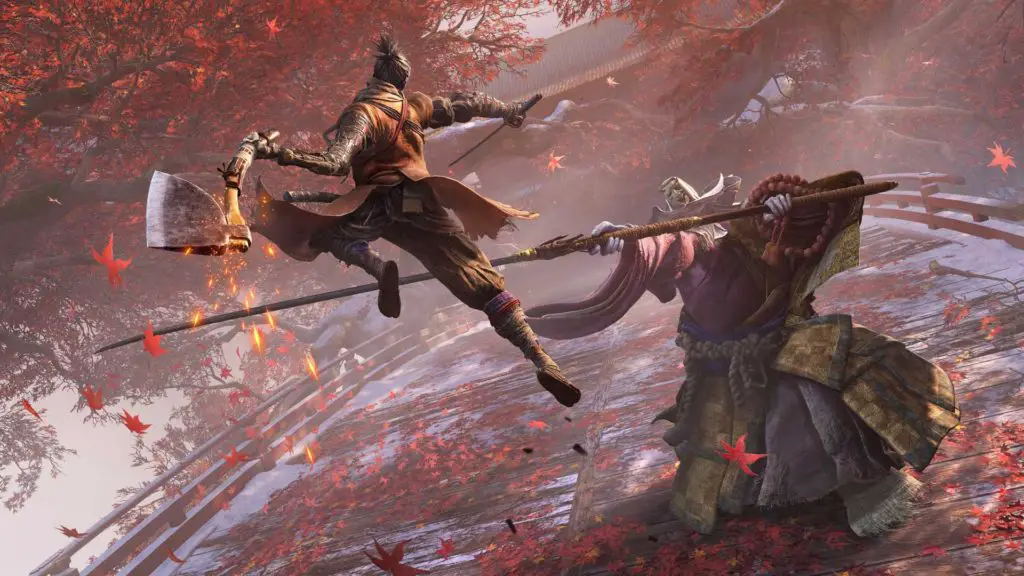
Sekiro has a wealth of customization when it comes to how you play and the way you control Wolf–the one-armed shinobi. Moving over the controller configuration settings, players are able to re-map all of the buttons they want to, which I found particularly useful for switching “use item” and “switch prosthetic.” Before I realized this I was usually wasting estus…I mean my “gourd” when I didn’t intend to.
The game can also be made more difficult, for the first time in a FromSoftware game. While Dark Souls did have the Calamity Ring, which increased the damage you take with no upside, the Demon Bell allows players to increase enemy posture and health with the trade-off that they grant more items, materials, and currency. I really enjoyed having this option for when I felt I needed to farm up upgrade materials for my prosthetics, but I quickly dismissed the Bell Demon when I wanted to progress.
Despite the Souls games always having the largest following on PC, I’ve tended to play From Software releases on either Xbox, PS4, or both (when I felt like playing with a friend) so I haven’t had that experience of cranking all the settings to “ultra.” On PS4 I wasn’t able to change any of my graphics settings and, despite having an 4K HDR tv, I could not get the game to allow me to toggle HDR on. The “picture quality adjustment” option was greyed out and taunted me when I wanted to see what the graphics of this game could deliver when performing at their best.
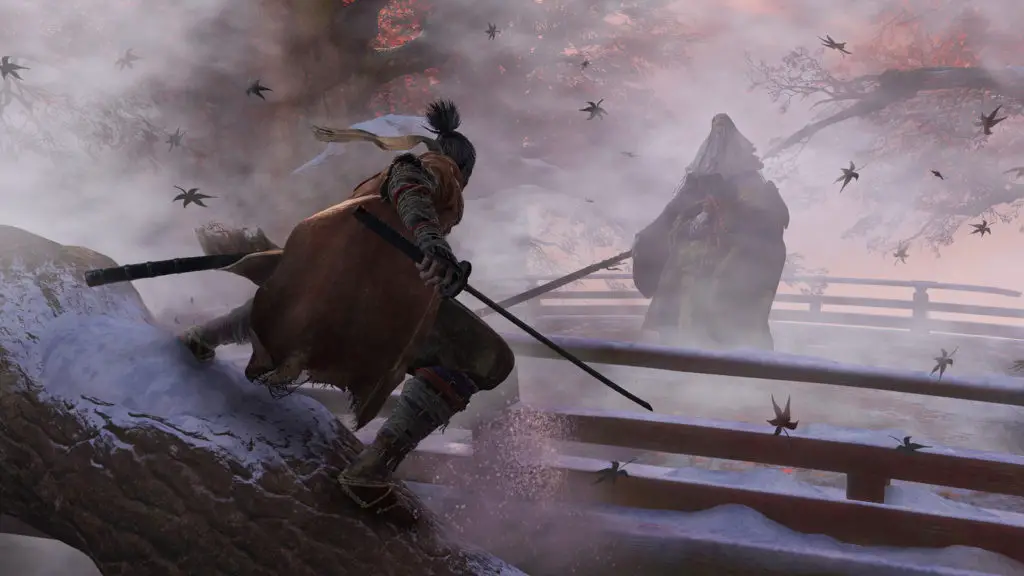
That progression investment rewarded the time I spent taking down packs and packs of enemies and also conditioned me to prioritize “leveling up” over smashing my body against a boss over and over and over and over again. Dying in Sekiro: Shadows Die Twice is not necessarily pertinent. Go figure. You’re given the option to resurrect several times depending on the situation, but dying for real spreads something called Dragon Rot. This system is not only purposefully ambiguous in-game, but can also lock you out of certain quest lines.
I personally focused on curing the dragon rot as soon as possible, but I, like many others, had to take to Reddit to understand what was going on. While I think that every FromSoftware game should be punishing when you die, I don’t think that should deter you from following through with quests, and if it does, it should at least explain this to you more clearly. Despite the lack of useful prosthetics and the frustration I felt dealing with death–those feelings did not compare to the elation I felt when I was in the heat of things. When I was exploring the game’s verticality to get atop a roof so I could jump off and sneak attack a mini-boss, or when I was stealthing through flowers to take out an annoying archer.
The moment-to-moment gameplay is something that’s unparalleled. It’s like the satisfaction of For Honor streamlined into a narrative experience and even when I was being killed time and time again I understood where I was failing and I was encouraged to become a better swordsman.
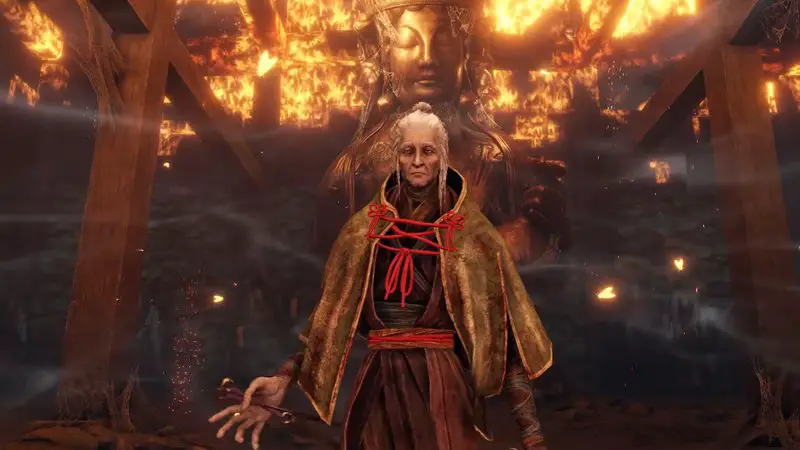
Again, Sekiro has its shortcomings. The soundtrack will not stick with you the way Gwyn’s theme has years later. You might not be amazed by the graphics. You might not even want to play the game in New Game+, but the emotions tied to this game’s combat are more memorable than all of these things in Dark Souls put together.
Sekiro: Shadows Die Twice sets the bar for swordplay. It’s a grueling process, but when you get the hang of it, the game opens up and becomes a fantastic realization of all of my Samurai Jack dreams. Though I will likely not return to NewGame+ because of a lack of interesting customization, I can still confidently say that dodging and deflecting in Sekiro feels is an experience in and of itself. It’s worth picking up, and it’s worth going through the wringer to beat.
This post may contain Amazon affiliate links. As an Amazon Associate Noisy Pixel earns from qualifying purchases.
